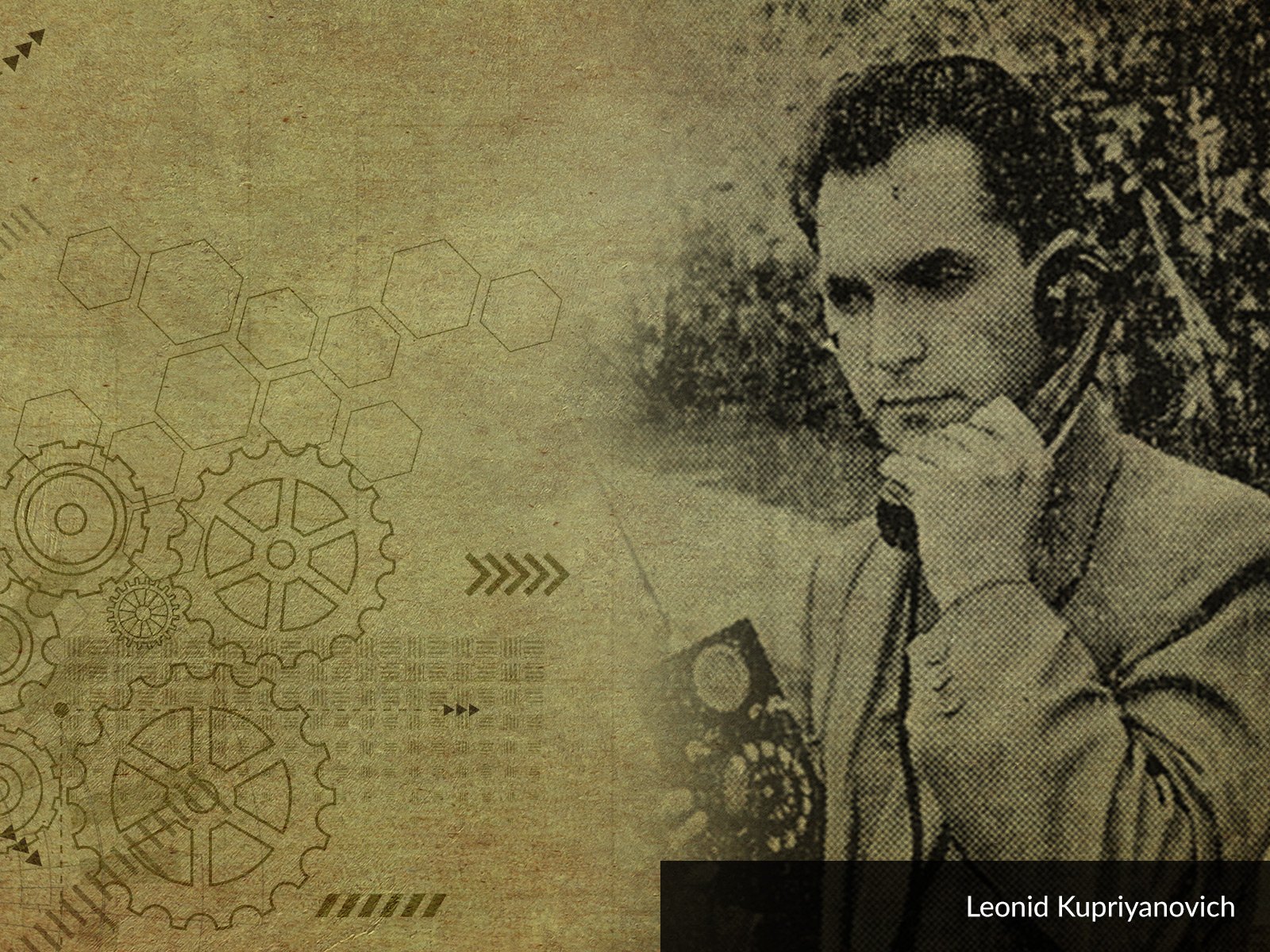
Today is the birthday of James Gosling, a Canadian computer scientist, who was born on 19 May 1955. The future "father" of Java has always been interested in computers. While in high school in Calgary, he was already involved in software development - this involved the analysis of data from the ISIS 2 telescope by staff at the University of Calgary, where Gosling began his academic career, earning a bachelor's degree. He later continued his studies at Carnegie Mellon University, where he earned a master's degree and then a doctorate. He proved his programming talents while working on his PhD, when he developed his own version of the popular Emacs text editor called Gosmacs. During his studies, he also took the first steps towards his (so far) greatest achievement - then he created a virtual machine that enabled him to run programs written in different languages.
In 1984, Gosling started working for Sun Microsystems, where he was a software developer. It was at this time that he came up with the idea of developing a language that would make the program independent of the hardware architecture. Initially, the project was intended to be used for cable television, and thus to run smoothly on various televisions, but the rapid development of the Internet caused the new language to spread and gain popularity, becoming one of the most popular and important programming languages. It was initially called Oak after an oak tree that stood outside Gosling's office, but when it turned out that it was already a trademark, work began to come up with a fresh, inspiring name. The proposed names included: Silk and Java - in the end the latter was chosen, probably inspired by the coffee cup present on the table during the brainstorming session. The cup visible in the logo is known to almost everyone.
Gosling worked at Sun Microsystems for 26 years until the company was acquired by Oracle Corporation. He then joined the Google team and shortly afterwards, together with Bill Vass, created the startup Liquid Robotics. The business was acquired by aerospace giant Boeing, which prompted the Java developer to join the Amazon Web Services team. Currently, Gosling cooperates with many other companies and institutions, as an independent advisor or consultant. His greatest work, on the other hand, is constantly being developed and improved. The idea behind the original version is still relevant, as highlighted by the wide variety of applications developed in Java. These include Minecraft, Gmail, OpenOffice, or Netflix.
Although the Java language rarely comes up in the context of electronics, as opposed to environments for programming in C-like languages, the technology developed by Gosling reminds us that the fields of software and hardware have come very close in recent decades. As another Silicon Valley giant, Steve Jobs, liked to emphasize, engineers really interested in creating good software should devote themselves to hardware design. And in fact, we are increasingly encountering hardware solutions that are comfortable for the constructors, e.g. technologies using Microchip microcontrollers or Espressif modules, developed with their simple, effective software in mind. Not to mention platforms like Arduino or Raspberry Pi, which serve as a gateway for developers interested in developing electronics. The world of programmable industrial controllers, modern automation, IoT modules, and robotics is opening up for those who want to spread their wings... So put down the soldering iron, roll up your sleeves and sit down at the keyboard.





